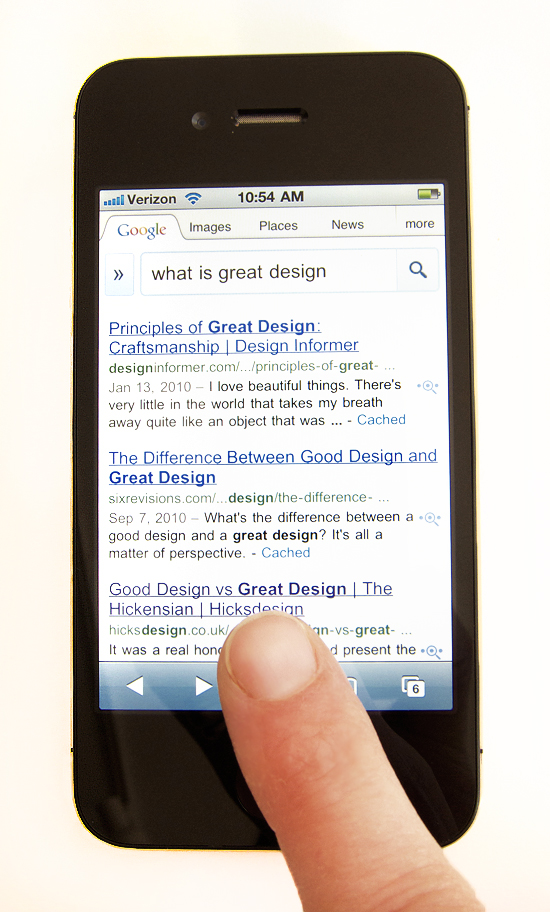Design DOES Matter

We all know that design can present itself as superficial or substantive or, more often, it’s some combination of both. We also know that when marketing, instead of need or innovation, dictates change, we find ourselves in the greatest amount of trouble. Good design is when form, function and operation are all considered and realized. And, at least to me, really great design is the convergence of all those elements but with the added goal of deliberately paring down and eliminating all extraneous detail. What one is left with is the absolute essence of a thing. Design in the hands of someone like Steve Jobs (and, to give due credit, Jonathan Ive and the many who work at Apple) was anything but a trivial matter. He made certain that we were not given a choice of how to use his products. Those devices dictated purpose and habits and touch. And they made us intuit our actions. Each successive generation of designs strove to get at the heart of how we converse with our environment. Ask yourself, have you ever seen someone really roughing up an iPhone? Probably not, because the interface and the form and the sounds all conspire to tell us how to interact with the thing. I marvel at Apple’s designs in part because of how they force our behavior into being something other than what it is. They even go so far as to demand both patience and attention. The many distinct little noises emitted by one or another device, as a result of touching a button or maybe scrolling down on a menu, tell us exactly what’s going on so we know if our actions have affected a change. So, not only is the “thing” pared down, but we are as well. We become less haphazard in our choices. And we ultimately become more precise and economical in our gestures. And, in the end, I believe we are the better for it.



Friday 10.07.11 at 10:36 pm
Melissa, I liked reading your thoughts re design. Very much appreciated. Love,m.